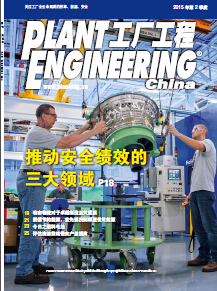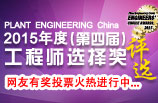In former years, one of the reason why China can maintain its reign as a manufacturing power for past years is that China's manufacturing enterprises can benefits from abundant labor resources and low labor cost. But at the present time, with the approaching end of the "demographic dividend" in China, this situation looks set to change. Changes in labor supply and demand are bring changes to China manufacturing enterprises.
In the past two years, a tighter labor market has been leading to a marked rise in labor wages in China, especially in some manufacturing-intensive area such as the Pearl River Delta and the Yangtze River Delta. While raising the pay at an annual average rate of 10%, some factories are still confronted with the problem of recruitment difficult.
For many manufacturing factories, this situation makes them explore some new measures to offset it. These measures includes changing employment mode, such as to lead some services outsourcing into the factory; another way is using some new equipment or technologies in manufacture. All these measures are in order to reduce the dependence on permanent employees.
Below this kind of trend, some decision makers have been enhancing the degree of automation in their factories. For a real example, a textile processing factory in Suzhou, Kiangsu Province has set up a automation stereoscopic warehouse system with information system of inventory control , in order to take the place of manual work in stowage and cargo management.
The factory director said that he followed the example of a factory in the same industry to purchase this system and there has been an significant improvement in efficiency. This system not only helped to reduce the necessary labors for the warehouse, but also reduced the errors of the goods quantity in transferring, which used to be checked by warehouse workers and transport drivers together.
In some other factories, industrial robots was used to take the place of human to deal with some repetitive and high strength work. In the past, most of this kind of machines were used in automobile manufacturing industry in China, now they were also used in other industry more and more. One obvious example is Foxconn, one of the largest electronic manufacturing group. They have claimed that they will put a large number of industrial robots into the production line to progressively replace the human in China factories.
Generally speaking, opportunities often follow with challenges. After all, the changes brought by labor supply and demand may be a new driving force to develop China manufacturing industry, and we will also be happy to see Chinese workers getting more value from their hard working.
Labor Supply and Demand Make China Manufacturing Industry Change
发布时间:2013-04-07 作者:www.planteng.cn
摘要:In former years, one of the reason why China can maintain its reign as a manufacturing power for past years is that China's manufacturing enterprises can benefits from abundant labor resources and low labor cost. But at the present time, with the approaching end of the "demographic dividend" in China, this situation looks set to change. Changes in labor supply and demand are bring changes to China manufacturing enterprises.
版权所有:本文为工厂工程网原创或海外授权,任何媒体和个人全部或部分转载请务必注明出处。








.jpg)






 关注本刊微信订阅号
关注本刊微信订阅号